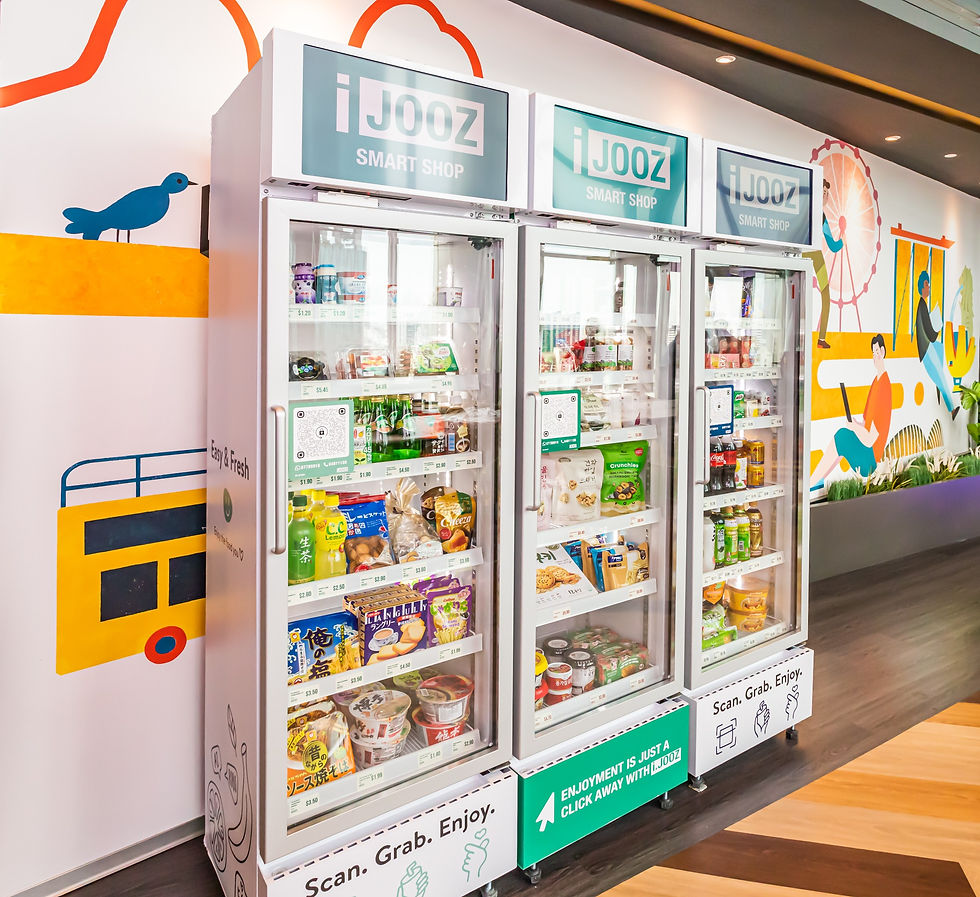Robotics in Food Safety: An Exciting Prospect
- Kevin Chen
- 2023年5月14日
- 読了時間: 3分
Introduction:
Robotics affects every step of the food supply chain. The introduction of robots into the food processing and packaging industry has the potential to improve food safety and sanitation while also allowing for the delegating of tasks that would otherwise be difficult and dangerous for humans to perform.

Although the food industry has been sluggish in adopting robotics, there are many reasons for this. Experts, on the other hand, believe that robots in the food industry are evolving, and businesses risk falling behind if they do not implement new technology.
1. Farming
The path of food begins with farming. An estimated $7.87 billion in agricultural precision is predicted to be spent by 2022. Plant seedling identification and sorting are among the uses of robots. A wide range of other automated farming equipment is currently on the market.
2. Food Processing
According to a recent report, the value of the worldwide food automation business is predicted to quadruple in the next five years to 2.5 billion dollars by the year 2022. As a result of the rising popularity of ready meals in the Asia-Pacific region, this region is a significant driver of growth.
The process of producing food can be broken down into two distinct stages:
In the first processing stage, raw ingredients are washed and sorted before being transported and mixed. Butchering and fruit and vegetable sorting are two examples of robotically assisted tasks.
Secondary processing – Cooking, baking, chilling, and other methods combine ingredients to create new food products.
Using robots in secondary processing makes the food more uniform, making it easier for them to work. Primary processing robots, on the other hand, are becoming more prevalent.
3. Packaging for food
Food packaging robots have been in use for some time now. However, automation of the entire packing process is the most recent advancement.
The three stages of food packing can be summarized as follows:
In the case of primary packaging, each food item is packaged in a separate container. Robotic pick and place machines, for example, are used to fill plastic tubs with candy.
Secondary packaging – Grouping of individual packages. You can stack the plastic tubs into a larger box with another pick-and-place robot.
Shipped in groups of two or more, this is known as tertiary packaging.
Using robots for food packaging appears to be a long-term trend in the business.
4. Food Safety:
Although robots are being used to reduce labor costs, food safety is becoming a more critical consideration. By reducing the time humans are in contact with food, robots help prevent the spread of foodborne illnesses. Additionally, spoiled food results in loss of sales and production worth millions of dollars and harms a company's brand. Food Safety Modernization Act (FSMA) further prohibits many packers and processors from meeting their sanitary standards. Work and FSMA are two critical megatrends. Both are being addressed at the same time by companies. Automating this process would be beneficial.
5. Food Delivery
Robotic food delivery has been making headlines recently. Autonomous food supply may seem like "the latest fad," but it meets an industry need. Homegrown, restaurant-quality, ready-to-eat cuisine is famous.
6. Cookery
The final step in the food supply chain is cooking. This was brought to the robotic kitchens of Moley and other robot chefs.
Conclusion:
The inevitable rise of robots in the food sector provides restaurants and food service enterprises with unlimited opportunities to boost worker productivity and efficiency and ensure that consumers receive the safest possible end-products. Eating out will become a safer and more enjoyable experience for everyone when robots can better enforce strict food safety standards and regulations, ultimately reducing the risk of foodborne illness. Read More: Benefits of orange juice vending machine franchise




コメント